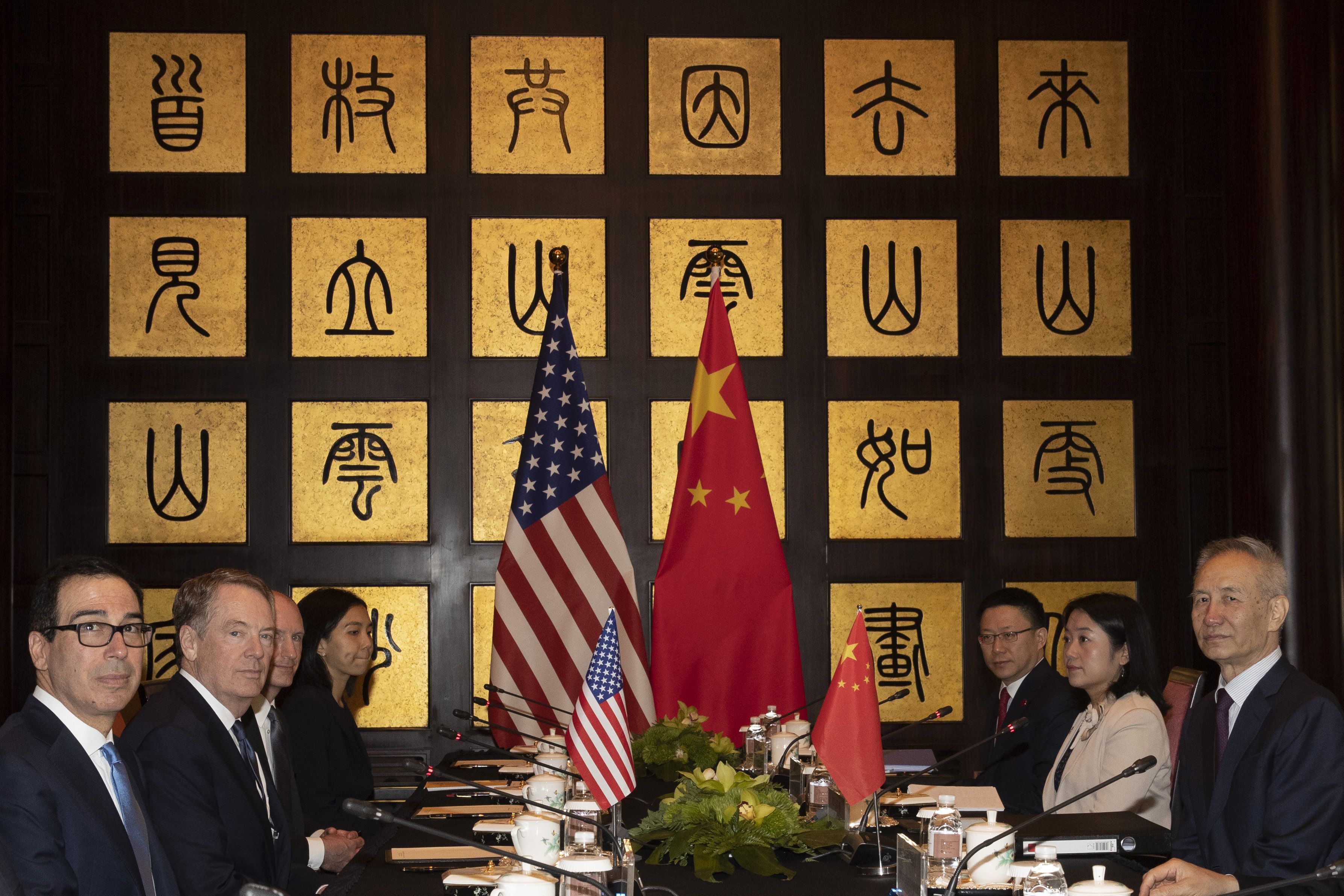In the first half of July, several events led to the notion that the US-China trade war may be coming to a conclusion. Since then, this illusion has all but been shattered.
Starting from June 29th, Washington and Beijing agreed to restart talks, which was a result of a tentative truce reached earlier in the same week.
There was no 90-day deadline, such as the one that was established following the G-20 Summit in Buenos Aires earlier in the year.
As a sort of a good will gesture, the US agreed to relax the ban on Huawei. The ban would only be applied to products that are related to national security, thus allowing US producers to provide materials to the Chinese tech giant.
On July 9th, Wilbur Ross, US Commerce Secretary, said that Washington would issue licenses to companies to sell their products to the Chinese telecoms equipment maker under certain conditions.
But he clarified that Huawei would not be removed from the so-called entity list, and that companies would still need to apply for a licence.
“Within those confines we will try to make sure that we don’t just transfer revenue from the US to foreign firms,” Ross said. “Huawei itself remains on the entity list, and the announcement does not change the scope of items requiring licences from the commerce department, nor the presumption of denial.”
Separately, also on July 9th, the US exempted 110 Chinese products from the 25% increase in tariffs. These were at a value of approximately $34 billion.
And just as light was beginning to show at the end of the tunnel, US President Donald Trump on July 16th threatened to impose tariffs on an additional $325 billion of Chinese goods, despite his promises not to do so two weeks earlier.
Around the same time, China added another member to its negotiating team – commerce minister, Zhong Shan — viewed as a hardliner by many officials in Washington.
For two weeks there was little movement and mention on both sides.
Then, between July 30-31st, US Trade Representative Robert Lighthizer, Treasury Secretary Steven Mnuchin and Chinese Vice Premier Liu He met in Shanghai.
The talks were described as “constructive.”
“Both sides, according to the consensus reached by the two leaders in Osaka, had a candid, highly effective, constructive and deep exchange on major trade and economic issues of mutual interest,” China’s Commerce Ministry said in a statement.
Chinese Foreign Ministry spokeswoman Hua Chunying said that she was not aware of the latest developments during the talks, but that it was clear it was the United States that continued to “flip flop.”
“We all know who has been flip-flopping in the trade talks over the past year or so. In contrast, China’s position remains consistent. The Chinese and American negotiating teams are now in Shanghai for trade talks. I’m not aware of the latest information you mentioned. It just doesn’t make any sense if the US tries to exert maximum pressure at this particular time. In fact, it’s useless to ask others to take pills when the US is ill itself. I believe the US needs to show more sincerity and good faith on this issue,” Hua Chunying said.
Following the meeting, Trump expressed his discontent at China allegedly backing off on a vow to purchase more US farm goods.
…buy agricultural product from the U.S. in large quantities, but did not do so. Additionally, my friend President Xi said that he would stop the sale of Fentanyl to the United States – this never happened, and many Americans continue to die! Trade talks are continuing, and…
— Donald J. Trump (@realDonaldTrump) August 1, 2019
In another 180 degree shift in direction, Trump threatened to impose “a small additional tariff” of 10% on the remaining $300 billion of goods and imports. This wouldn’t include the $250 billion already affected by 25% tariffs.
…We look forward to continuing our positive dialogue with China on a comprehensive Trade Deal, and feel that the future between our two countries will be a very bright one!
— Donald J. Trump (@realDonaldTrump) August 1, 2019
He expressed his optimist in continuing the “positive dialogue,” entirely based on blackmail, arm twisting and accusations.
As of now, the US applies 25% tariffs on $250 billion worth of Chinese goods. China, in turn, applies 25% on $110 billion of US goods.
China’s Ministry of Commerce warned that the dispute may even lead to “the largest trade war in economic history to date.”
In an apparent response to US President Donald Trump’s threat, China’s central bank on August 5th allowed the Chinese Yuan to sink in value below the seven-to-one dollar level for the first time since 2008.
Asian shares slumped to a six-month low. Experts called it a “weaponization” of currency.
“The fact that they have now stopped defending 7.00 against the dollar suggests that they have all but abandoned hopes for a trade deal with the US,” said Julian Evans Pritchard of Capital Economics.
The currency weakened to 7.0240 by late Monday morning local time with the People’s Bank of China blaming the decline on “unilateralism and trade protectionism measures.”
“They don’t want to infuriate Trump any further,” said Cliff Tan of MUFG in Hong Kong. “We are seeing strong sell-off pressures in the Korean won which is quite sensitive to the Sino-US trade war. The Taiwanese dollar is falling sharply, too.”
MORE ON THE TOPIC:







Boycott all that has ties to terrorist Russia and China .
News flash! China does not peg its currency to the US$. The RMB is dynamically valued against a basket of its trading partners’ currencies, including the US$.
It is the US$ that is losing value against the RMB, not the reverse.